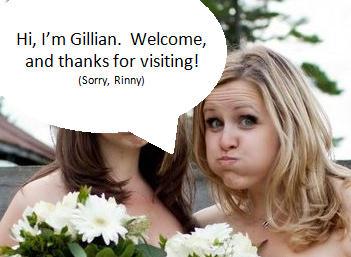Today I went to a very interesting talk by Dr. Linda Mamer, Teacher Consultant for the BC Provincial Outreach Program for Students with Deafblindness.
It was fascinating to hear about the history of deafblindness – educators in Canada really started addressing the issue of educating young people with deafblindness when an outbreak of rubella (German measles) in the 1960s resulted in thousands of kids being born without the ability to see or hear due to the virus infecting their mothers during pregnancy. Nowadays it isn’t rubella that causes deafblindness, but different syndromes. Early infant screening has really helped in identifying children who have hearing and vision loss as soon as possible.
Linda Mamer described people with deafblindness – the most famous example of course being Helen Keller – as having a brain inside begging to get out, and the most important thing for interveners to achieve is be able to provide a deafblind person with the information input they are missing from their eyes and ears. While there are now many strategies with which an intervener can approach communication with a deafblind person, one of the best is still having someone around constantly finger-spelling into the deafblind person’s hand, like Annie Sullivan did for Helen Keller. This strategy is what adults with deafblindness cite was most useful for them when they were younger.
The aim is not for the deafblind individual to be dependent on their intervener, but on the information coming in…ideally they can get input information from many people. Also, Linda emphasized how integral it is not to make assumptions about the cognitive abilities of deafblind people until they have the tools to understand what information is available to them and have the opportunity to consider and process that information. The underlying goal of people working with deafblind individuals is to give these people the ability to be expressive communicators, however that looks for them. It’s so important to match people where they are in order to see them grow from there (when Linda was talking about this I was reminded of one of the mantras we live by in my current position in Student Development at UBC: “Be where the students are.”).
Linda shared a lot of information in an hour to a rapt audience. The passion she has for her work was very apparent, no more so than when she spoke about the thankfulness she has to the families who allow her to enter into their private lives, even when that might be difficult for them to do so (I find it hard to imagine when this wouldn’t be hard for a family).
All in all, I’m really glad I went to this talk; I learned a LOT…and it brought back memories of the fantastic play about Annie and Helen’s relationship, The Miracle Worker, which I saw with my friend Kim last year. I’ll be watching the video in the not-so-distant future, and will post about it after.
PS. “Stop. Look. Listen. Lucky you.” is a past campaign to promote Deafblind Awareness Week, which is the last week of June, aligned with Helen Keller’s birthday (June 27th, 1880).
PPS. Here is a link to a site with more info on deafblindness: http://www.nationaldb.org/.

